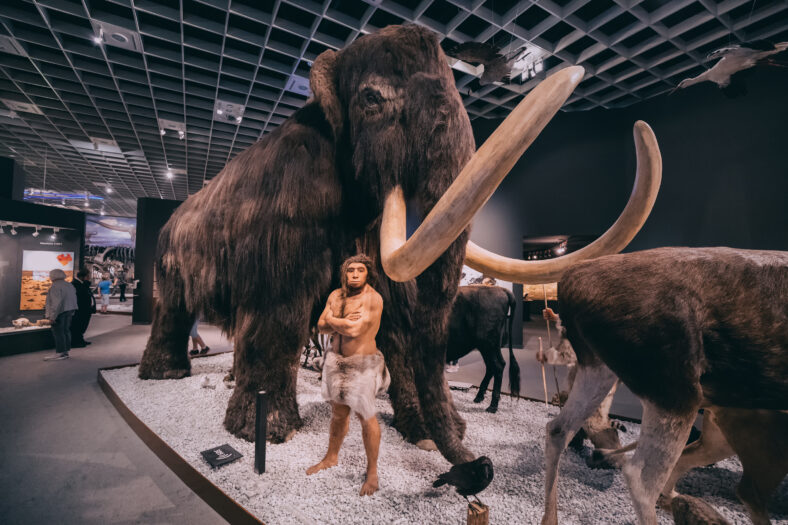Scientists Looking To Bring The Woolly Mammoth Back To Life Have Created A Woolly Mouse

Scientists looking to bring the woolly mammoth back to life have used gene editing to create a “woolly mouse.” It has qualities that resemble the extinct species, like thick fur and other adaptations to a cold climate.
Woolly mammoths roamed the frozen landscape of Europe, Asia, and North America until they died off around 4,000 years ago.
The biotech company Colossal Biosciences caused a sensation in 2021 when it announced a plan to revive the woolly mammoth and, later, the dodo bird.
Since then, the company has been focused on studying ancient DNA to identify key characteristics of extinct animals and, hopefully, create living ones.
Recently, researchers at Colossal have edited seven genes in mice embryos to produce mice with long, thick, woolly, golden hair. They nicknamed the rodents as the “Colossal woolly mouse.”
“The Colossal Woolly Mouse marks a watershed moment in our de-extinction mission,” said Ben Lamm, the CEO and co-founder of Colossal Biosciences. “This success brings us a step closer to our goal of bringing back the woolly mammoth.”
The researchers analyzed the genomes of 62 elephants and 59 mammoths dating between 1,200,000 and 3,500 years ago to select the best genes for hair and other traits that help with adapting to cold environments.
They narrowed down their list to 10 genes that contribute to hair color, length, texture, and thickness, as well as lipid metabolism. These genes were also compatible with mice.
Finally, they used a combination of gene editing techniques to modify seven of the genes in a lab specimen, creating the woolly mouse.

Sign up for Chip Chick’s newsletter and get stories like this delivered to your inbox.
The gene edits gave the woolly mouse an altered hair growth cycle. Its coat can grow up to three times longer than that of a regular wild mouse.
It also had a woolly hair texture, a light-colored coat, and curled whiskers. The light-colored coat is seen in mummified specimens of woolly mammoths due to a modification of a gene that regulates the production of melanin.
Colossal decided to focus on mice first to make sure the process was successful before potentially editing the embryos of Asian elephants, the closest living relative to woolly mammoths.
However, Asian elephants are an endangered species, so there will be many official procedures to contend with before the company can move forward with a plan. Many experts are skeptical about the idea of de-extinction and whether it can be helpful for conservation.
“You might be able to alter the hair pattern of an Asian elephant or adapt it to the cold, but it’s not bringing back a woolly mammoth. It’s changing an Asian elephant,” said Christopher Preston, a wildlife and environmental expert at the University of Montana.
Still, Colossal’s technological advances could have implications for animal agriculture or disease biology, as they allowed scientists to pinpoint which genes to target.
The results of the study were posted to bioRxiv.
More About:Animals





